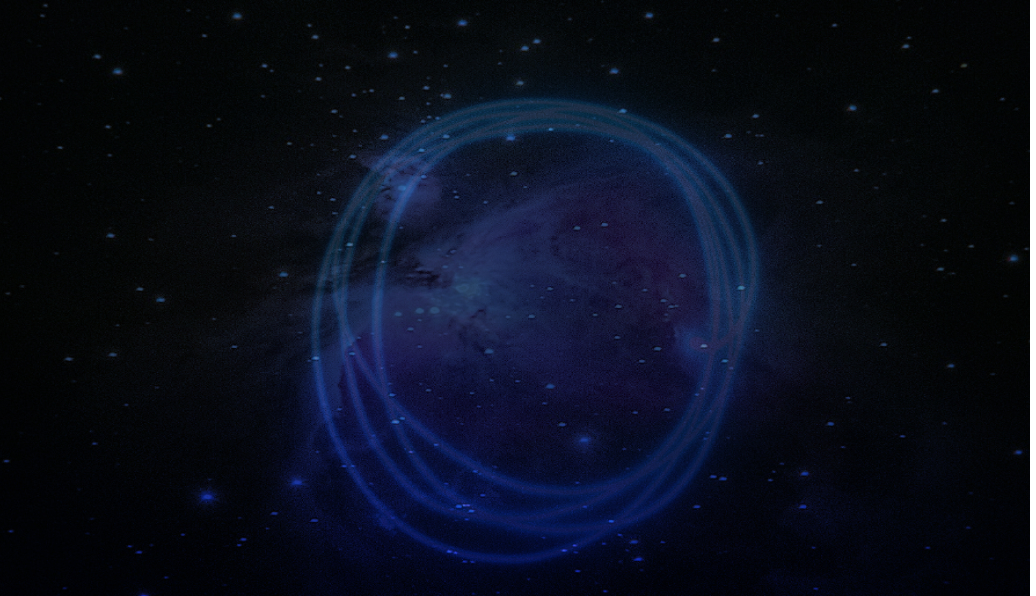Abstract
The article is a case study on the views of the famous T.S. Kuhn about the so-called Copernican revolution. Generally, Kuhn is presented as a very successful historian and philosopher of science: an author of world bestsellers. The division among his supporters, i.e. about so-called left-wing and right-wing Kuhnians, is recalled, and the fact that Kuhn himself vehemently dissociated from a large proportion of his adherents. It is also noted here, that in the last 30 years, in addition to abundant hagiographic literature on T. S. Kuhn, there have also been a few critical studies of Kuhn’s achievements.
The rest of the article presents the author’s critical analysis of Kuhn’s views on the so-called Copernican Revolution, which formed the basis of Kuhn’s scheme of scientific development presented in The Structure of Scientific Revolutions (1962); i.e. the world’s most famous monograph in social sciences and humanities so far.
The criticism encompasses a genesis, content and reception of Kuhn’s views and the development of his interpretations. The analysis is carried out by the means of methodology of historical sciences and a scientific method, which the author describes as the hypothetico-deductive method of correspondence thinking.
The criticism is based on the author’s current publications (developed here further on), which were sadly unnoticed by the researchers, although presented in the world center for the Copernican research, and are available on the Internet freely.
This fact leads the author to the assumption that international Kuhnian research is underdeveloped seriously and that strong prejudices – barriers may exist in scientific circles, such as, e.g., primacy of number of citations (and other bibliometric indicators) over content analysis, the Matthew effect, the effect of alleged and actual scientific centers and peripheries, some mental remnants of the Cold War, as well as underdevelopment of scientific communication.

